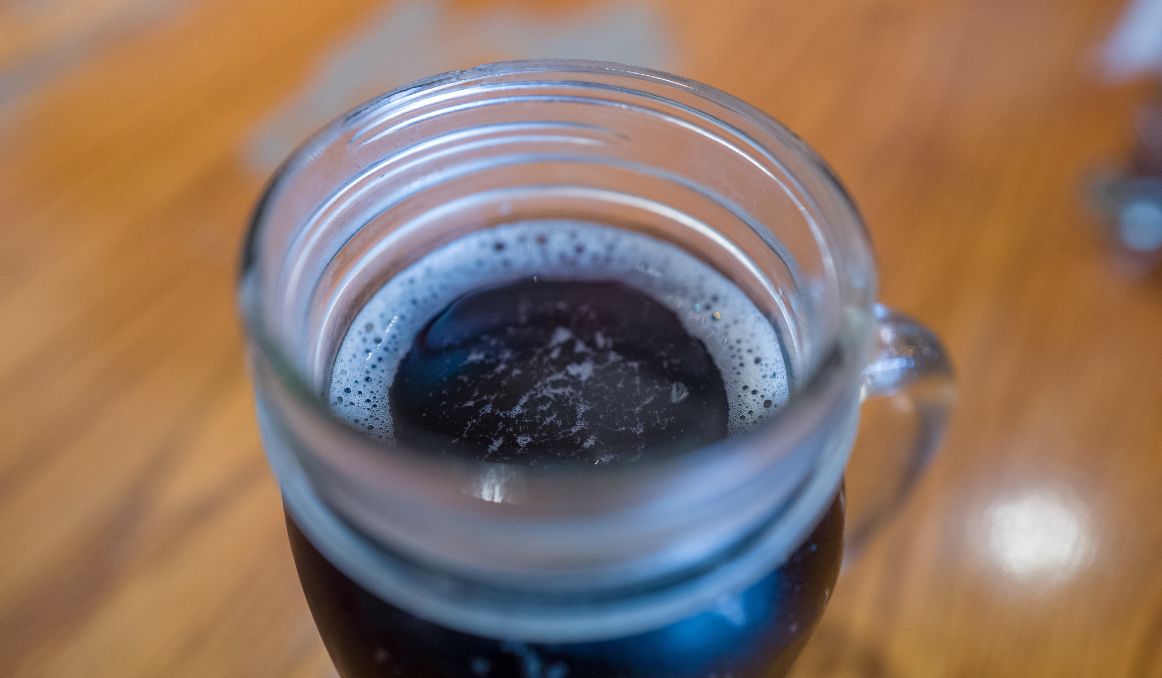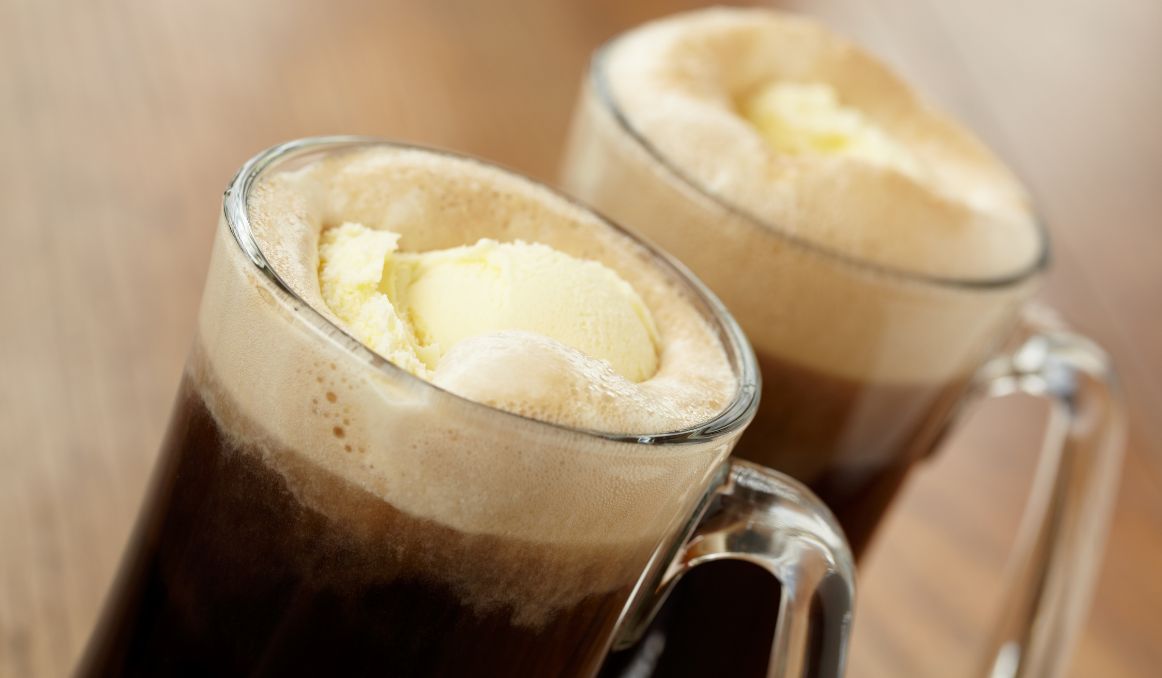What Flavors are in Root Beer?
You’ve had root beer floats, grabbed root beer for pizza night, and you’ve probably had it in your life off and on for years. But what flavors are in root beer?
History of Root Beer

To understand what the flavors in root beer are, it is helpful first to understand the root of root beer as it were.
Root beer was originally conceived of by the indigenous people of North America as a healing tea made from the sassafras plant.
Sassafras is a deciduous tree native to the eastern seaboard of the United States, with the most heavy growth in the state of Maine.
Indigenous people used the leaves, the bark, and the roots to brew into tea for medicinal purposes, and when the colonists arrived from Europe, they learned of the value of this plant from the Native Americans.
It was around the 1840s that European Americans began to use sassafras as an everyday beverage. It was sold in confectionary stores and often added to soda water. More commonly, sassafras was brewed into a syrup that was sold for people to take home and enjoy as they liked it.
Then, in 1975, Charles Elmer Hires, a pharmacist adamantly against the consumption of alcohol, introduced root beer to the general public as an alternative to beer.
This non-alcohol beverage, he advertised, was still frothy and tasty, like beer, but had health benefits rather than causing drunkenness.
And his strategy worked.
Root beer took off, and quickly became a household beverage.
Root Beer Alternative
An exotic cousin to sassafras, sarsaparilla is a woody vine that grows in the tropics and has often been either combined with sassafras in root beer or used in beverages on its own. The primary drink made with the sarsaparilla vine goes by the same name, sarsaparilla.
Root Beer: Is It Dangerous?
Then, in the 1950s, the FDA began running tests on the primary ingredient in root beer, sassafras, and discovered that, when given in high doses to rats, safrole, the active compound in sassafras, caused liver cancer to the rodents.
These results caused the FDA to ban safrole from commercial products, and since then most root beer companies have been using sassafras extract with no safrole in it.
Many all natural companies based outside the US still use sassafras and sarsaparilla in their root beer and sarsaparilla drinks to great acclaim.
Indeed, if you look on the internet, you will find many individuals who forage for wild sassafras and sarsaparilla to make their own teas, fermented beverages, other medicinal drinks, and, yes, root beer.
They will tell you the small risk you may be taking is greatly outweighed by the health benefits.
The Health Benefits of Sassafras and Sarsaparilla
Dr. Andrew Weil, the godfather of functional medicine and founder of the Andrew Weil Center for Integrative Medicine in Arizona, has noted that we have no real evidence that sassafras causes cancer in humans.
But we have tons of evidence of its health benefits to humans plus hundreds of years of anecdotal evidence.
Native Americans and early settlers used it traditionally for rheumatism, diarrhea, skin diseases and fevers.
It is also used for urinary tract infections, inflammation, syphilis, bronchitis, high blood pressure, sprains, gout, arthritis, and even cancer.
It seems, as with most medicines, the danger is in the dose.
Ingredients and Flavors in Root Beer

Traditional root beer has obviously been made with sassafras. Most root beer today is made from an artificial extract. However, you can still find some root beer companies that will use sassafras root with the safrole removed.
In addition to sassafras, root beer typically includes licorice root, vanilla, wintergreen, molasses, and caramel, among other herbs and spices.
In terms of flavor, you are most likely to be tasting wintergreen, licorice root, and vanilla. It has a slightly spicy finish.
How to Make Your Own Root Beer
Of course, you can always make your own root beer in the traditional way.
You can either forage for sassafras or sarsaparilla or buy safrole free sassafras online.
Brew a tea with the root, add any extra ingredients you like, namely vanilla and wintergreen, sweeten with honey or molasses, and ferment with yeast.
The general rule is ½ pound of sassafras for one large pot of water.
You can also concentrate the tea down without yeast and use it like a syrup, adding it to soda water for a classic root beer effect.
And as a bonus, you’ll get some health benefits!
In the end, root beer tastes woody, earthy, spicy, and sweet. And it should feel frothy and cold going down.
The key, as always, is to experiment with various root beers and sarsaparillas, brew up some of your own with various ingredients, and see what works for you.
Cheers!
Passionate about the beer and/or wine making process? So are we! If you’re interested in finding out how you can use our technology to control fermentation and monitor your yeast, save work hours and improve the cost-efficiency of your business, drop us a line at [email protected] or check out our product pages:
- Oculyze BB 2.0 (Better Brewing) Yeast Cell Counter App + Hardware
- Oculyze FW (Fermentation Wine) Yeast Cell Counter App + Hardware
Also, you can now get access to a fully functional demo account to test your yeast via our Web App. Completely free of charge and with no commitment to purchase.
Sources:


